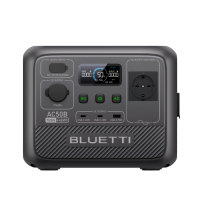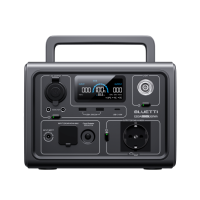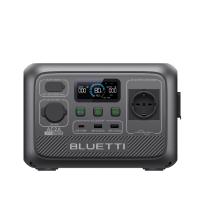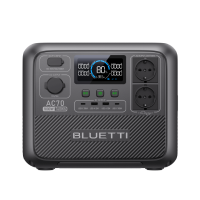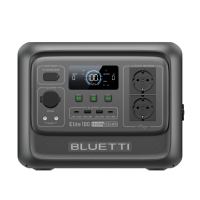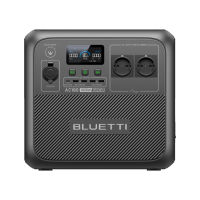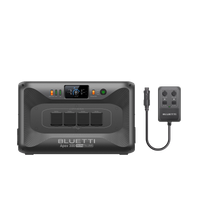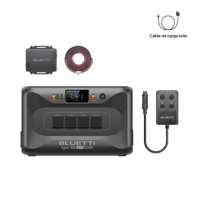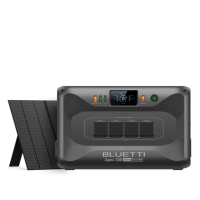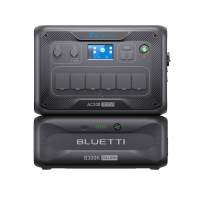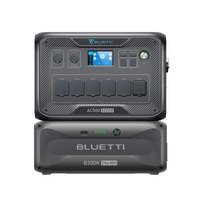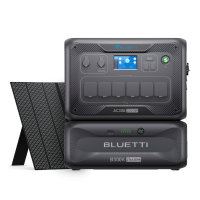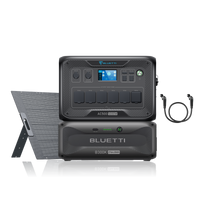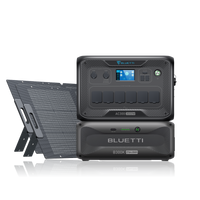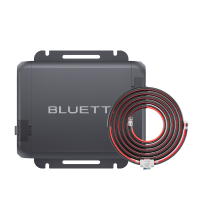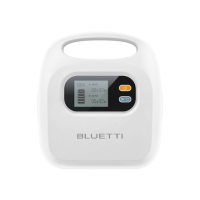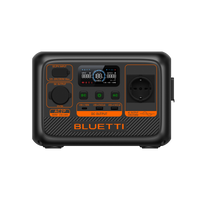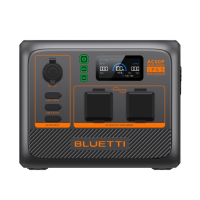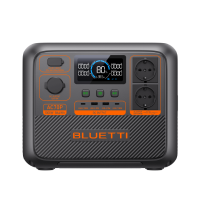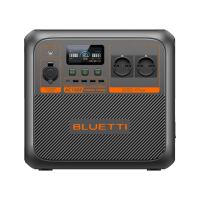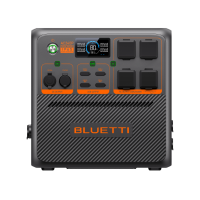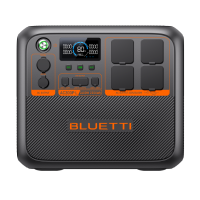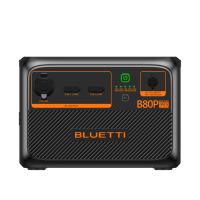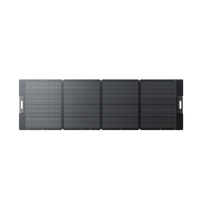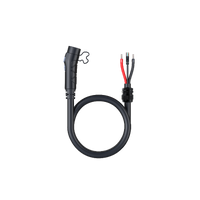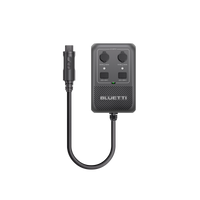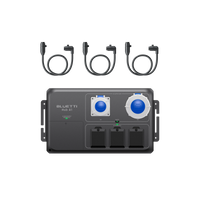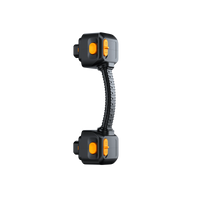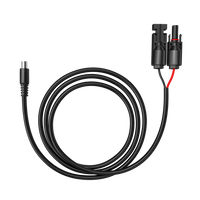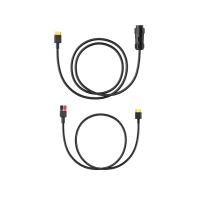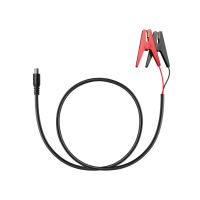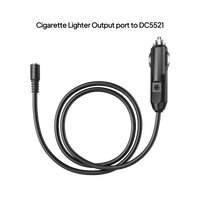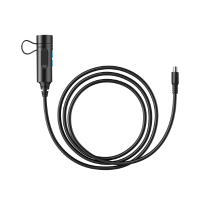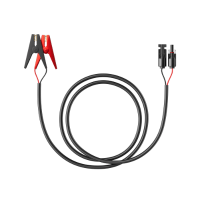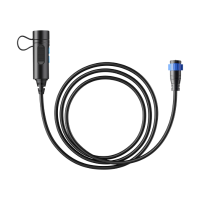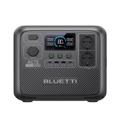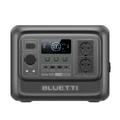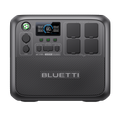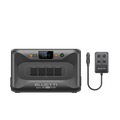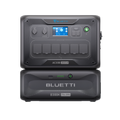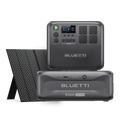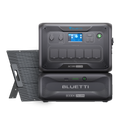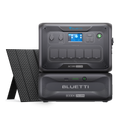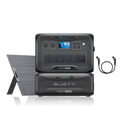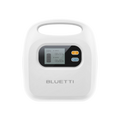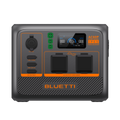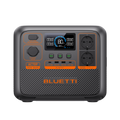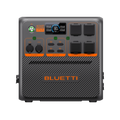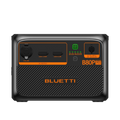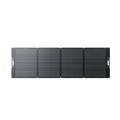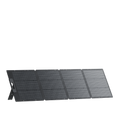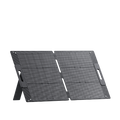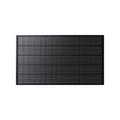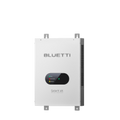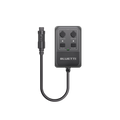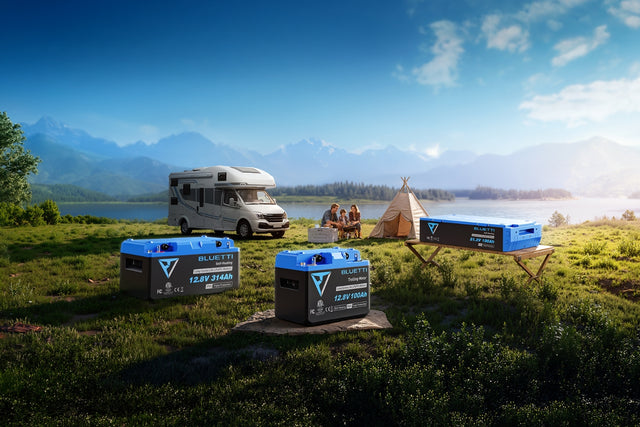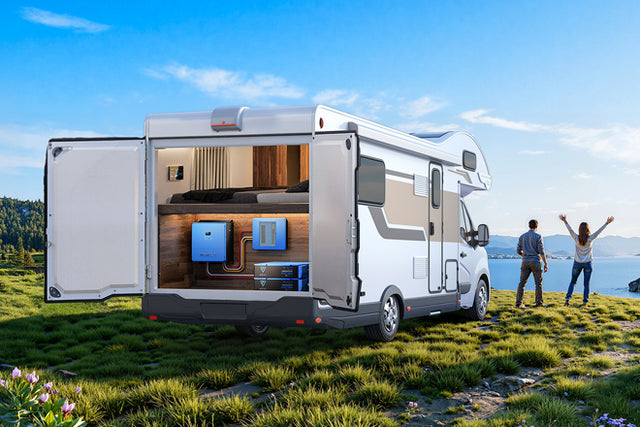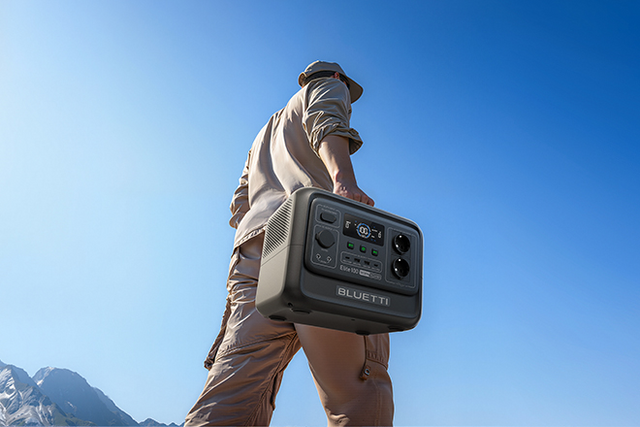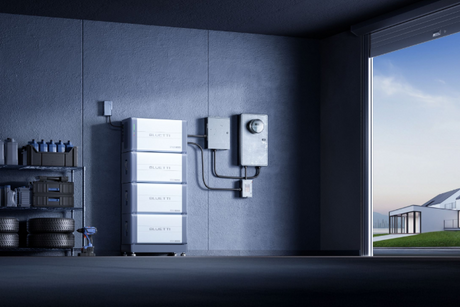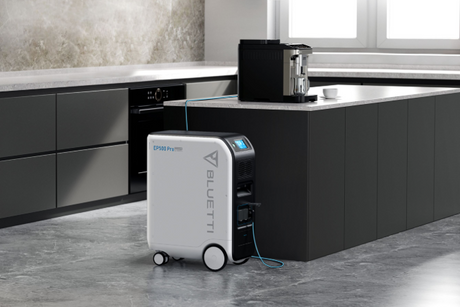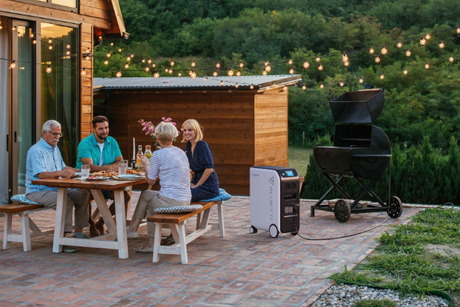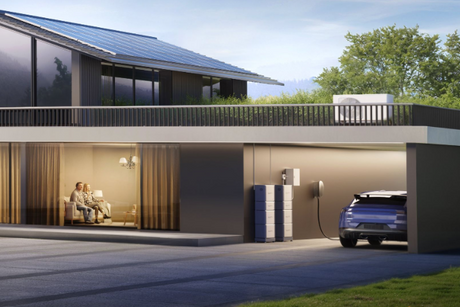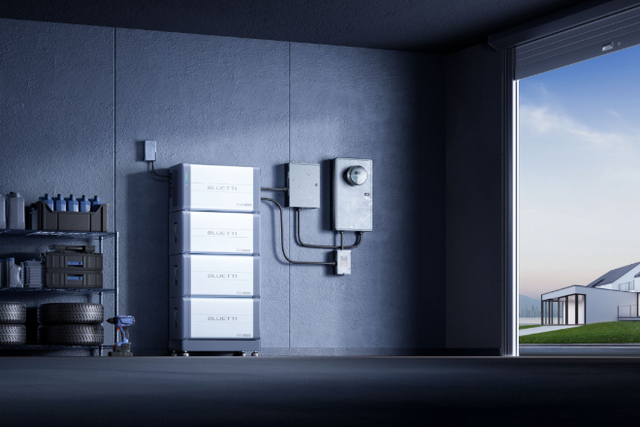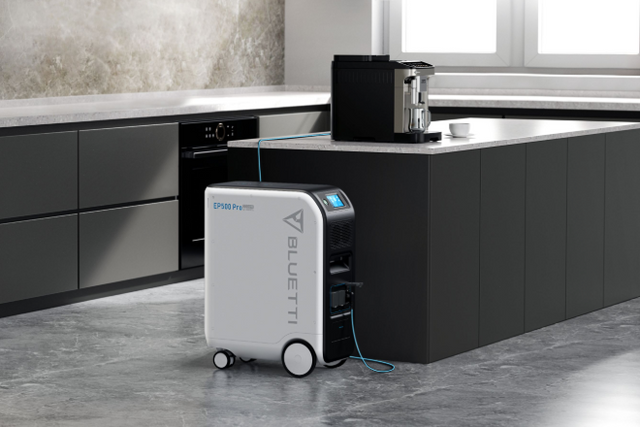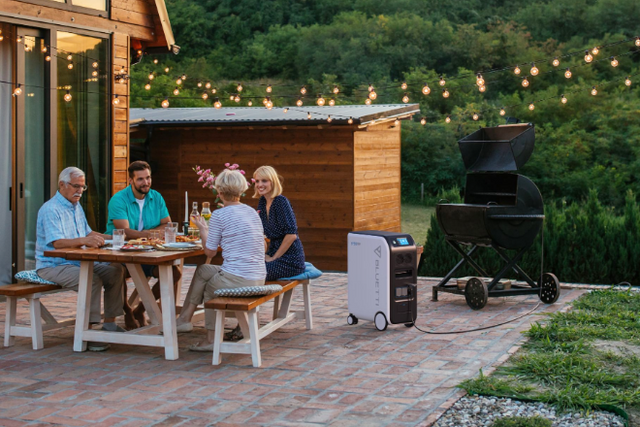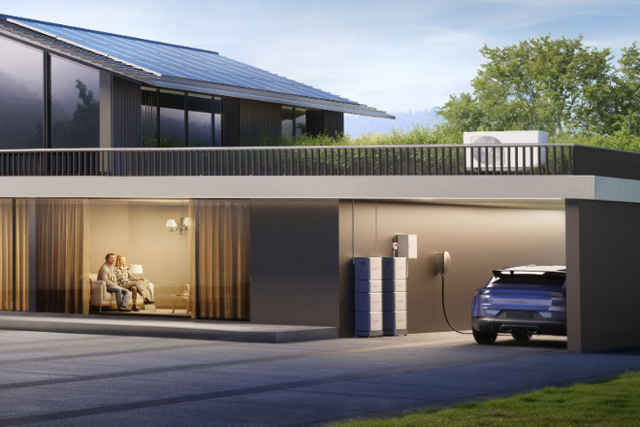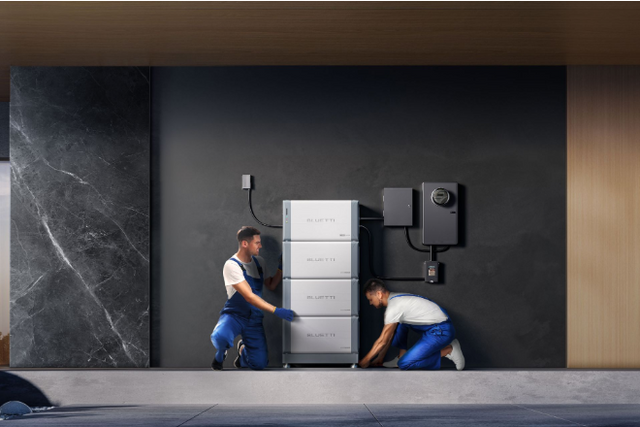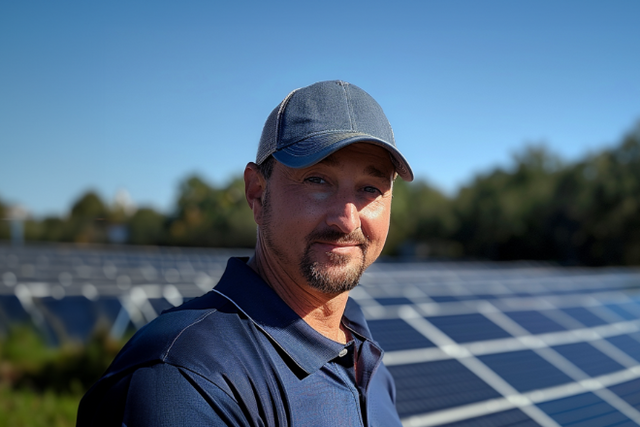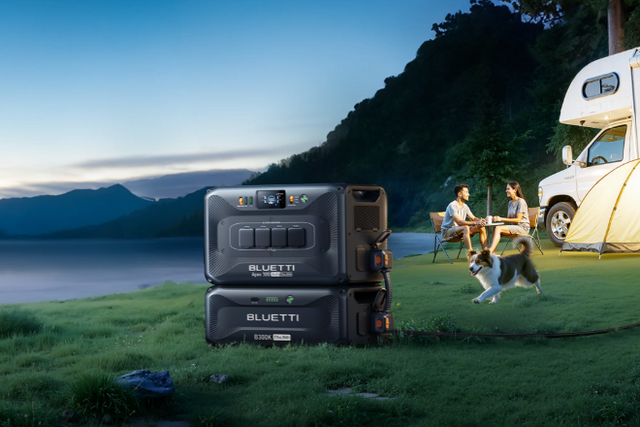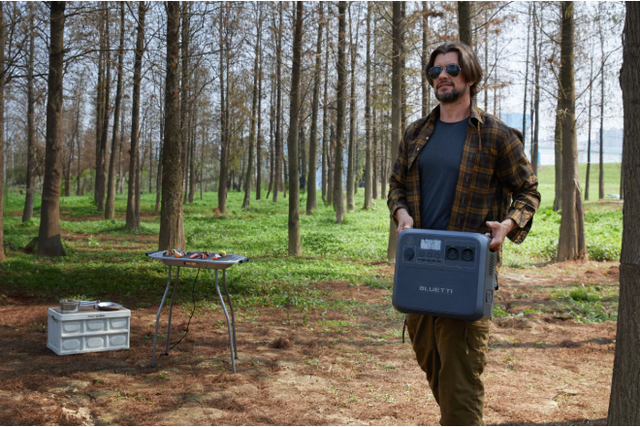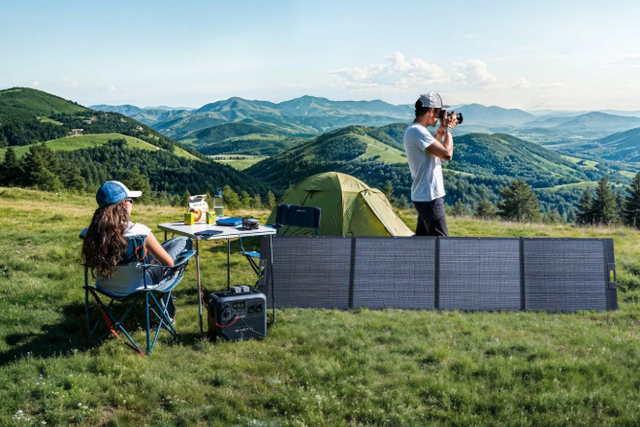We know that solar panels are one of the most effective solutions to be able to generate and accumulate our own energy and depend as little as possible on the electrical network. But there are other big questions that need answers such as: how to calculate a photovoltaic installation, how many hours of sun do we need to make solar panels work, how can we get them to work on cloudy days or what happens to solar panels at night.
In order to answer all these questions we need to understand how they work, how energy is stored, what the accumulation of energy depends on and how the rest of the appliances in our home can be managed and managed .
The hours of light and solar radiation
Knowing the levels of light and solar radiation is one of the most important bases for calculating how much energy photovoltaic panels provide. For this, there is a unit of measurement called “Peak Sun Hours” with which it is possible to calculate the amount of solar energy that a square meter of surface can receive. Said energy will be higher or lower depending, essentially, on our geographical location.
So, we come to one of the most influential factors in a photovoltaic installation: the geographical location. Luckily for us, in general, Spain has a privileged location for solar panels since chas an average of approximately 2. 500 hours of sunshine per year.
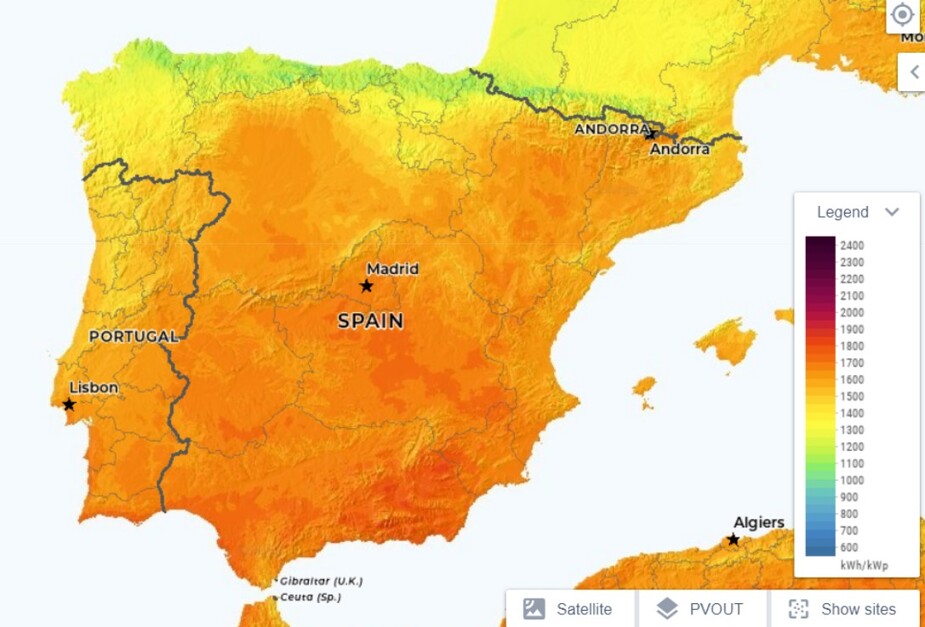
Source: Global Solar Atlas - https://globalsolaratlas. info/map?c=11. 523088.8. 173828,3
Despite this good news, it is important that you still use a photovoltaic installation calculator because, as you will see on the map, there are areas where a Installation of photovoltaic panels will collect more solar energy than in others.
How to understand a photovoltaic installation calculator
Before thinking about a photovoltaic installation, the ideal is to make an estimate of all the variables that can affect their performance. As we have mentioned, geographic location is one of those important variables because, by consulting statistics, we can see how many days it usually rains and is cloudy, the hours of sunshine in summer and winter, as well as many other elements that may interest us.
Here appears the concept of a photovoltaic installation calculator. And it is that currently we can find advanced software that stores a lot of data and that helps us make a quick estimate of how many solar panels we need and how much energy we can get. However, to calculate the solar installation properly, good programs must be used, which are usually paid.
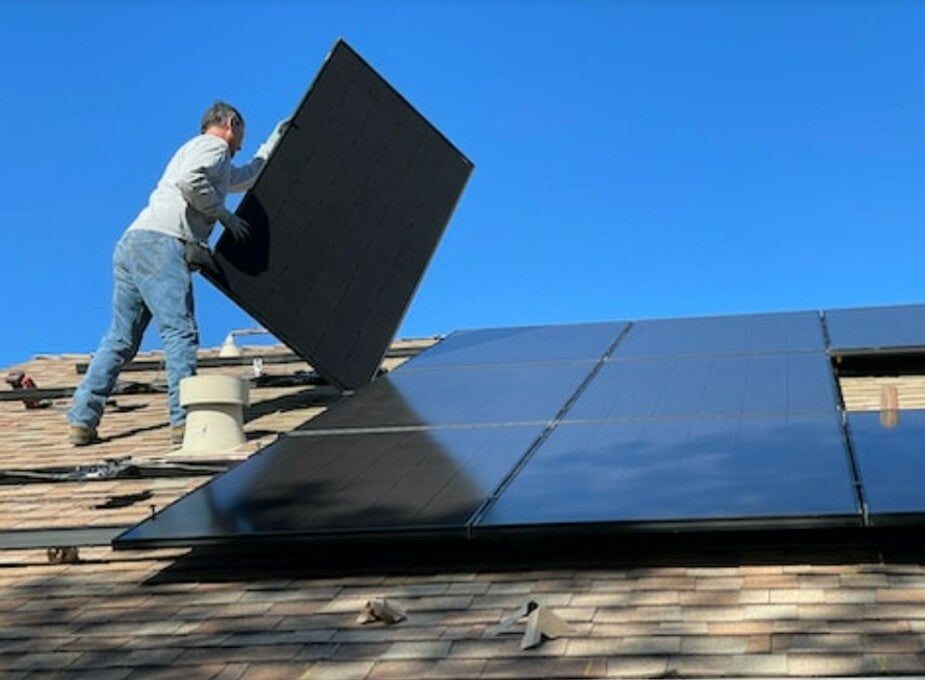
Still, we always recommend testing for end users to understand the mechanism and get a general idea of their PV panel needs. On the internet you can find a plenty of free calculators that will help you get a general idea pretty quickly such as
As we said, it is important that a professional can calculate the solar installation because, in addition to geographic and climatic variables, it is important to take into account the disposition of your house, the square meters that you can have to install plates, your economic possibilities, your lifestyle and the number of people who live in the home.
How many hours of energy do photovoltaic panels provide
Although it is complicated, the first thing we must tell you is that if you want to make an approximate calculation of your photovoltaic need and estimate, the first thing you should do is familiarize yourself with the unit of measurement of Watts or Kilowatts. And it is that to speak in other terms would be imprecise and incorrect. That is to say, we cannot know how many hours of energy the solar panels give because that depends on the consumption you make. For example, if the energy collected by your photovoltaic panels is used to connect a large consumption appliance such as a refrigerator, washing machine or heat pump, the hours of energy will be less than if we connect small appliances such as computers, mobile phones, fans , etc.
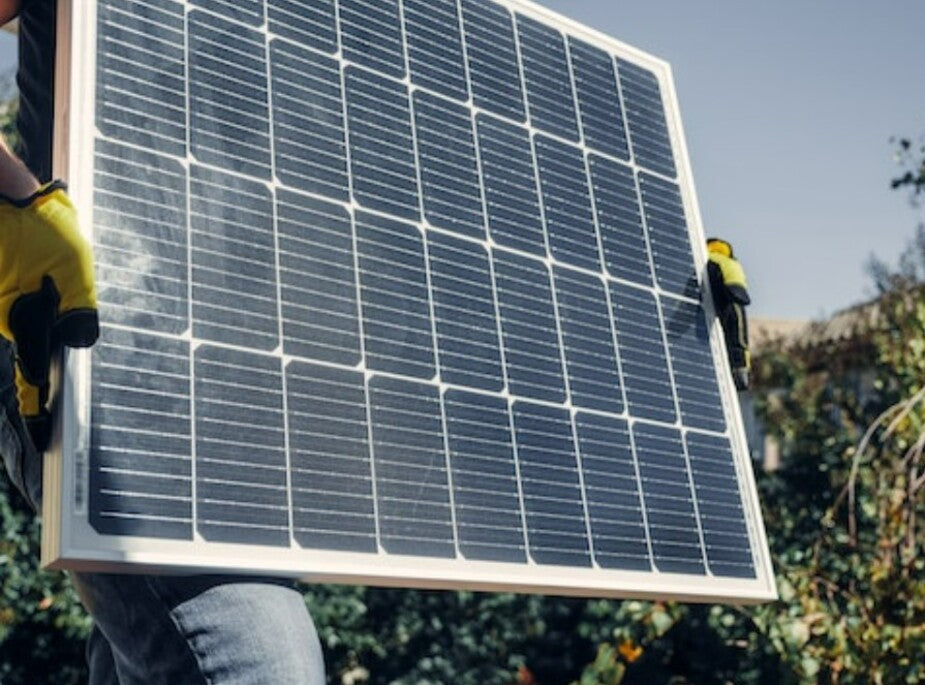
In short, the most correct thing to do is to talk about Watts. Therefore, the question should be: How many Watt hours can my photovoltaic panels generate? So, if you know that your electrical appliances consume, for example, 111 kW per month, you can make a much more precise calculation based on the capacity of your photovoltaic panels.
How to calculate a solar installation in a generic way
To get an initial and very generic idea (remember that we recommend that professionals do the final calculation) you can look at an electricity bill you have at home and find the value that will tell you how many kW you consume per month. This value must be divided by 30 days and thus you will obtain the daily value of kW consumed.
Once you have this information, you will have to know what power your solar panel has. For example, the BLUETTI PV350 solar panel has a capacity of 350W (0.35 kWh) . If we are in summer and we have about 5 hours of intense and direct sun, we can calculate: 0.35 x 5, which gives us 1.75 kWh, which will be the daily power that our photovoltaic panel can generate.
Let's go back to the first calculation for a moment, and let's say that our monthly electricity consumption is 111 kW, if we divide it by 30, it gives us 3.7kWh of daily consumption in our house.
Therefore, we will know that, more or less, we need 3 or 4 photovoltaic panels. Our advice is to always keep in mind that the estimates of the efficiency of the photovoltaic panel may be lower since the calculation we just made does not take into account variables such as cloudy days , fewer hours of sunlight in winter, percentage of panel efficiency, etc.

How many hours does BLUETTI solar panels need to charge a power station
In relation to our products, there is another calculation that can be very useful in case you want some portable solar panels and a power station in which to store the energy from these panels. If so, you will have to take into account the capacity of each power station and the capacity of the solar panel you choose. So that you can understand it better, we would like to give an example of the solar panels of BLUETTI PV200,
On the other hand we have the power stations, each one can accumulate a greater or lesser amount of energy. For example, the BLUETTI EB3A can store a maximum of 600 watts. Therefore, the calculation is quite simple, with about two or three hours of solar panel use, our power station will be at its maximum.
And what can we load with 600 W? To give you more examples, if you have a fan that consumes 20W, we could connect it for 11 hours; if we have a small fridge that works at 60W, we could use it for 3 hours.
So, with these simple calculations you can finish deciding if perhaps you want a power station with more capacity like the BLUETTI EB70 which can store 1. 000W (you will need a 5-hour charge from the solar panel that we have mentioned). Or the BLUETTI AC200P with a storage capacity of 2. 000W and to charge it you will need 2 or 3 panels of those mentioned or another panel with more power.
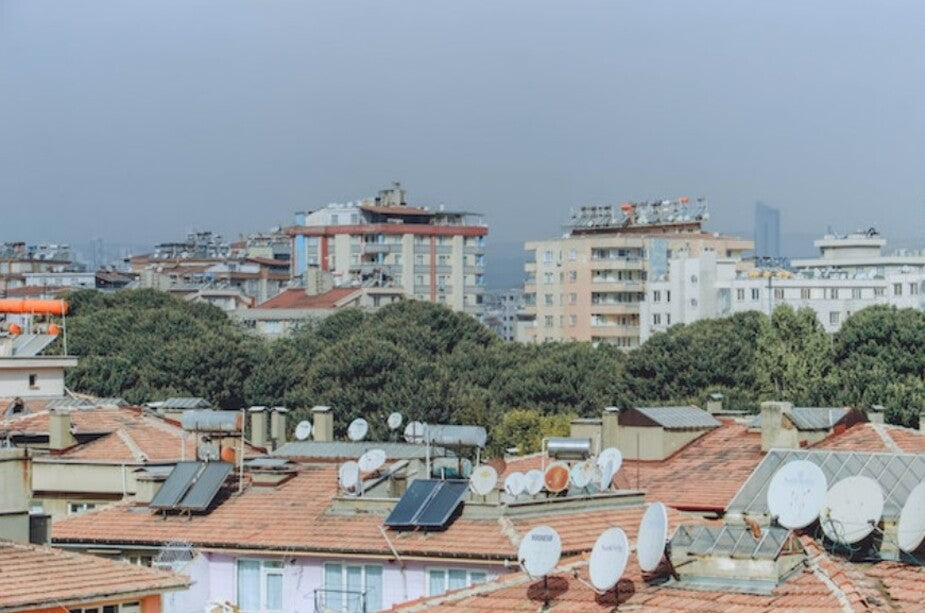
Solar panels on cloudy days and solar panels at night
Worrying about the efficiency of photovoltaic panels during cloudy days and at night is most frequent. And the thing is, most think that in both cases the solar panels stop working. However, these two situations are very different and also affect the performance of the boards in different ways.
Solar panels on cloudy days
In this case, the solar panels do not stop working. And it is that solar panels do not need the heat of the sun's rays, they only need photovoltaic light. Although it is true, the more direct the sunlight is, the more power the solar panel can reach, it is also true that on cloudy days there is still sunlight. Although this sunlight is of less intensity, the panels will continue to feed on it, albeit more gradually.
We cannot forget that cloudy days is one of those variables that will affect the performance of our solar panels. As we said in the previous paragraph, the daily calculation of kWh will be decreased on days without direct sun. For this reason, it is important to have one or two extra solar panels in case this or any other element interrupts our energy collection.
Solar panels at night
Nighttime is a completely different situation than cloudy days. In this case there is no light source for the solar panels to hold on to. Therefore during night hours the solar panels cannot collect or generate power.
Shop products from this article
You May Also Like

¿Qué son las placas solares verticales?
Averigua todo sobre las placas solares verticales para espacios reducidos y climas extremos, capturando energía solar con eficiencia en paredes y fachadas.

Las ventanas solares: una innovadora solución para obtener energía verde
Descubre las ventanas solares, que combina la funcionalidad de las ventanas tradicionales con la capacidad de generar electricidad. Descubre cómo funcionan, sus ventajas y desventajas, y en qué casos son...

El ventilador con placa solar: un imprescindible en los hogares Eco-amigables
Refresca tu hogar de manera eco-amigable | Descubre cómo funciona un ventilador solar, una opción para hogares sostenibles durante el verano.



